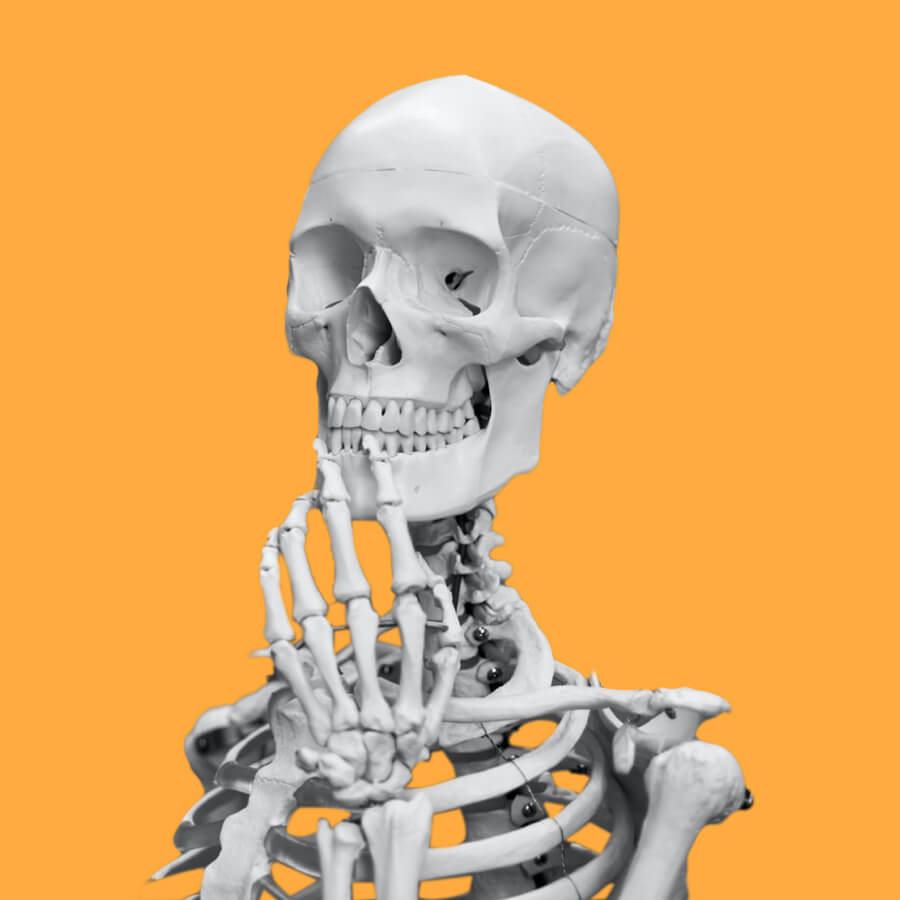Nompumelelo Maringa
PhD Candidate, Chair of the Southern African Archaeology Student Council (SAASC)
Center for Archaeology and the Evolution of Human Behaviour (ICArEHB), University of Algarve

Biography
Nompumelelo Maringa is an archaeozoologist who specialises in micromammal research. She is currently a PhD candidate at the University of Algrave in Faro, Portugal. She obtained her BSc in Archaeology and Geography in 2016, BSc (Hons) in Archaeology in 2017 and MSc in Archaeology in 2020 from the University of the Witwatersrand. Her post-graduate research focused on using micromammals as a proxy to reconstruct the palaeoenvironmental conditions at Klasies River main site. She was a faunal research assistant for Genus at the University of the Witwatersrand from 2021-2022. She analyses faunal material from Kromdraai and Sterkfontein Caves, two archaeological sites in the Cradle of Humankind. Mpumi uses her experience in voluntary programmes and organisations to improve her abilities such as science communication and social media engagement. She aims to encourage and empower women of colour to believe in themselves and pursue leadership positions. “I think it’s important to break boundaries and set new goals for our generation and those to come, especially in STEM careers’’.
Disciplines
Archaeology, Archaeozoology, Micromammals, Palaeoecology, Taphonomy
Fields of study
The Iberian Peninsula is considered one of the ideal regions in Europe to study the developments of human adaptations and changes in the environment throughout the Late Pleistocene. The significance of this region is well known as the location inhabited by Neanderthals before their disappearance. The cause of their demise remains debatable, however, changes in the environment may have influenced the availability of resources and made conditions unfavourable for their survival. Previous investigations in this region have adopted a multi-proxy approach to comprehend the palaeo-environmental conditions during this time. The more common proxies used are large fauna fossils, stable isotopes, botanical remains and micromorphology. New research aims to employ micromammal remains as a proxy for more detailed insights into the palaeo-environmental changes. Two Iberian sites Lapa do Picareiro and Gruta do Escoural with contemporaneous faunal material ranging from MIS 4-3 will be the focus of new palaeo-environmental reconstruction investigations. Whilst standardising the methodological techniques utilised in neighbouring sites and introducing advanced techniques to extract data and ensure comparisons between sites. This data will be used in tandem with interpretations from alternative proxies such as large mammal remains, stable isotopes, botanical remains and micromorphology. Therefore, providing a highly informative, well-rounded, and sequenced understanding of the palaeo-environmental and palaeo-ecological background during this period of the Upper Middle Palaeolithic.
